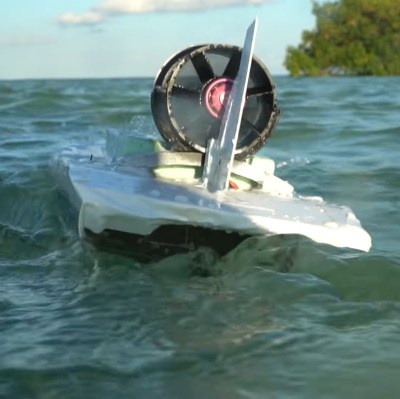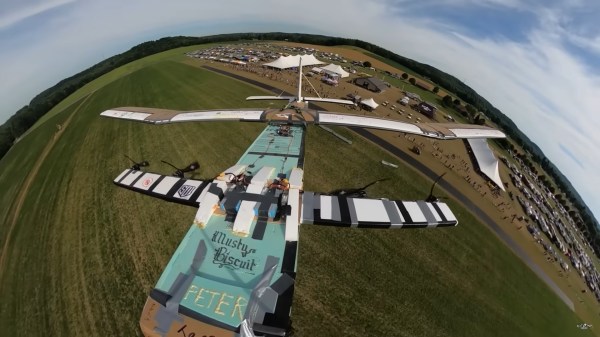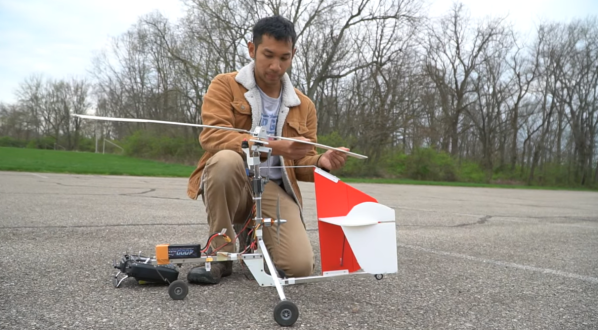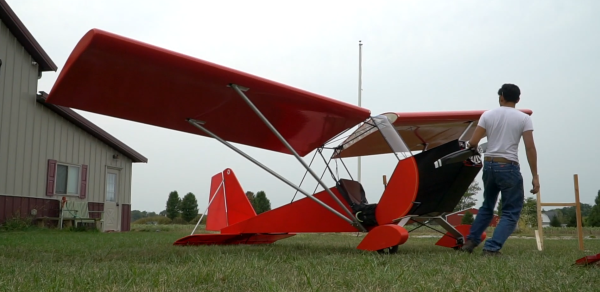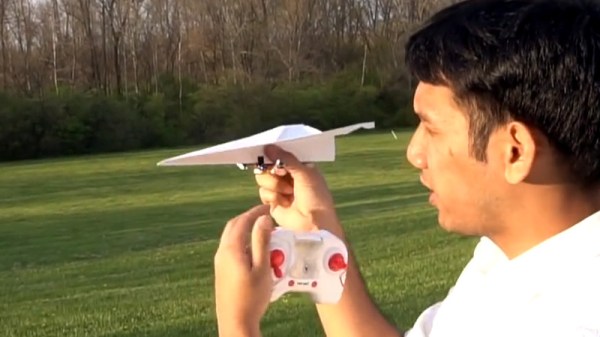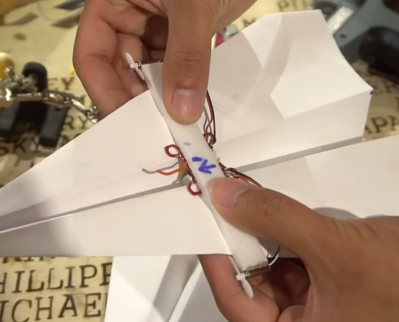Steel is scarce. Wood is not an option. And you need a boat now. These wartime circumstances drove innovation in all kinds of crazy directions, and one somewhat less crazy direction — concrete boats. As [Peter Sripol] demonstrates in the video below the break, making an RC concrete boat isn’t hard. Making a fast one on the other hand is. But that didn’t stop him from trying, and we think the effort deserves a look.
Starting with a basic displacement style hull, [Peter] and his cohorts experimented with a simple RC boat that worked, but could only move at slow speeds. They turned things up a notch or two and instead modeled their concrete boat after an RC speedboat hull that they had on hand.
The construction methods left a lot to be desired though, and they even tried various wire meshes as rebar, but they proved too heavy. Eventually though, they got a working hull, and had some fun with it. Rather than try to make the hull watertight with a rudder and propeller, they opted for a ducted fan and an airboat style rudder to make what they call the “world’s fastest concrete boat”.
Whether it’s the fastest or not is unconfirmed, but it is fast and actually gets on step fairly nicely. We applaud the exploration of alternative materials and the experimentation with different build methods. If building things with concrete floats your boat, then be sure to check out this concrete pinhole camera.
Continue reading “Concrete Boat Cements Its Way To High Speeds”


